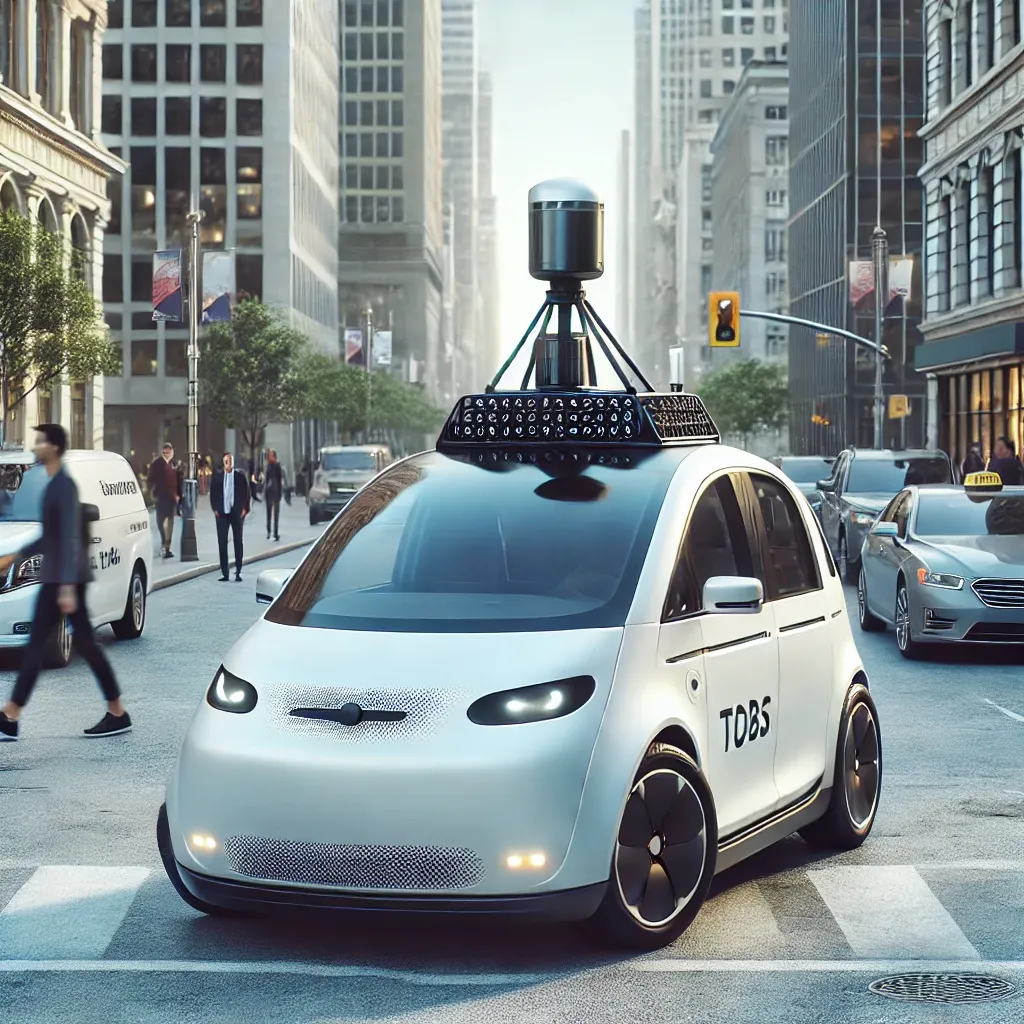Curious about the future of robo-taxis? Find out how Tesla, market shifts, and delays are shaping the automated taxi industry. Will robo-taxis redefine urban transportation soon?
Robo Taxi Market
The robo-taxi market is poised to reshape the future of urban transportation, offering automated, driverless vehicles that promise convenience, cost efficiency, and sustainability. With companies like Tesla, Waymo, and Cruise leading the way, the market is developing rapidly. Autonomous vehicles are no longer just concepts; they are being tested on roads and are already functional in specific cities. Robo-taxis are predicted to become a key part of smart cities, making it easier to move people around while reducing traffic congestion.The robo-taxi market is expected to grow significantly over the next decade. Several industry analysts forecast it could exceed $38 billion by 2030, driven by advancements in artificial intelligence, cheaper hardware, and growing public acceptance of autonomous transport. Countries such as China and the United States are vying for leadership in this sector, with significant investments in self-driving technology. However, many hurdles remain before these vehicles become commonplace.
- Leading players include Tesla, Waymo, and Baidu, focusing on urban areas.
- The market is growing due to an increase in EV adoption, AI improvements, and infrastructure readiness.
- Robo-taxis could potentially cut down transportation costs by over 50% compared to traditional taxis.
- Governments are testing policies to support autonomous taxi networks.
- Analysts forecast a steady CAGR of approximately 35% from 2024 to 2030.
Despite this growth, the market faces challenges. Safety concerns, complex regulations, and the need for high-quality infrastructure are slowing down the deployment in several regions. Furthermore, local governments are grappling with how to integrate these services without disrupting public transportation systems.In conclusion, the robo-taxi market is advancing, but public trust and regulatory frameworks must evolve before these autonomous vehicles become a standard part of city life.
Robo Taxi Delayed
While the technology for robo-taxis is evolving, real-world deployment has been slower than anticipated. Several companies have faced delays, pushing back the timeline for large-scale rollouts. Tesla, for example, initially targeted 2020 for the launch of its robotaxi fleet, but the goal was postponed due to technological, regulatory, and infrastructure challenges.Developing a safe, functional robo-taxi involves far more than just hardware and software; it also requires an ecosystem of regulatory approval and infrastructure upgrades. Many cities lack the necessary frameworks to ensure autonomous taxis operate safely among human drivers. These delays, although frustrating, have also forced companies to refine their models and improve vehicle safety systems.
- Several trials have revealed the need for improved traffic behavior algorithms.
- Infrastructure, including 5G networks and smart traffic management systems, must align with the rollout.
- Complexities with insurance and liability for driverless vehicles are unresolved.
- Autonomous systems must handle various weather conditions and unexpected scenarios like accidents or roadblocks.
- The technology must achieve a fail-safe performance rate for public confidence.
Ultimately, the delay in robo-taxi services reflects a cautious approach by manufacturers and cities alike. While these setbacks may be disappointing to some, they underscore the importance of safety and reliability for this new mode of transportation.
Tesla’s Robotaxi Vision
Tesla has positioned itself as a leader in the robo-taxi space. CEO Elon Musk has frequently discussed the company’s ambitious plan to convert its existing fleet into fully autonomous robo-taxis through software updates. Tesla’s approach relies heavily on full self-driving (FSD) technology. However, this vision has faced criticism and skepticism from both regulators and industry experts.Tesla’s goal is to eliminate human drivers, relying on neural networks and computer vision systems to handle all driving tasks. While the company’s self-driving features have improved, the final version of a fully autonomous system is still under development. Tesla’s robo-taxi plans aim to disrupt not only the taxi industry but also ride-hailing services like Uber. If successful, it could pave the way for a future where car ownership becomes unnecessary, and transportation operates on an on-demand basis.
- Tesla aims to deploy its existing fleet as robotaxis with minimal hardware changes.
- The company plans to offer a subscription service, allowing owners to rent out their vehicles.
- Success depends on Tesla achieving Level 5 autonomy, which means no human intervention is required.
- Tesla faces competition from companies like Waymo, which already operate autonomous taxi services.
- Musk has suggested that Tesla’s robotaxi fleet could generate significant revenue, potentially surpassing car sales.
Though Tesla’s vision is bold, it is not without hurdles. Safety validation, government approvals, and the practical reliability of FSD software remain concerns. However, Musk’s persistence and Tesla’s technological capabilities suggest that robo-taxis could become a reality within the next few years, transforming how people travel.
Conclusion
The future of the robo-taxi industry holds immense potential, but the road to widespread adoption is marked by challenges. From the exciting growth of the market to the delays faced by companies like Tesla, the journey toward autonomous urban mobility is a complex one. While technological improvements continue, infrastructure readiness and public trust will play crucial roles in the eventual success of robo-taxis.Tesla’s vision of a robotaxi revolution represents one of the most ambitious goals in the sector, aiming to outpace competitors and redefine transportation as we know it. As the world embraces smarter cities and sustainable solutions, robo-taxis stand at the forefront of innovation.As Steve Jobs once said, “Innovation distinguishes between a leader and a follower.” For the robo-taxi industry to succeed, companies will need to push boundaries, solve technical hurdles, and inspire confidence among governments and the public alike. When that happens, the promise of automated taxis will no longer be a futuristic dream but an everyday reality.






